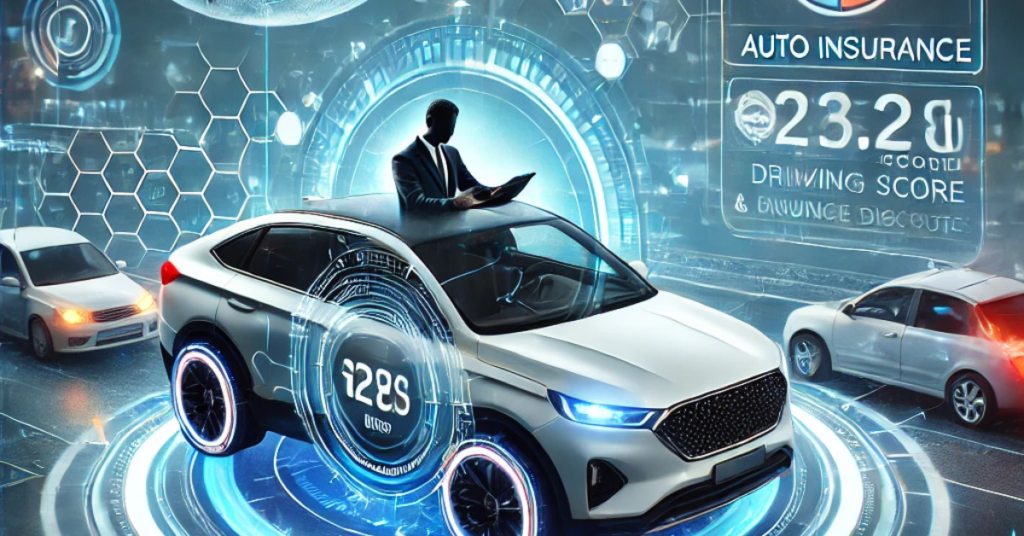The Role of Telematics in Modern Auto Insurance
Imagine paying for car insurance based on how safely you drive rather than just your age, location, or vehicle type. Sounds fair, right? That’s exactly what telematics is bringing to the table in modern auto insurance. Whether you’re a careful driver looking to lower your premiums or just curious about how technology is reshaping the insurance industry, this guide will walk you through everything you need to know.

Table of Contents
- What is Telematics?
- Definition and Concept
- How Insurers Use Telematics Data
How Does Telematics Work?
- Plug-in Devices (OBD-II)
- Mobile App-Based Tracking
- Built-in Vehicle Telematics
Benefits of Telematics in Auto Insurance
- Fairer Pricing Based on Driving Behavior
- Encouraging Safer Driving Habits
- Potential for Lower Premiums
- Assistance in Case of Accidents
- Vehicle Theft Recovery
Challenges of Telematics
- Privacy Concerns and Data Security
- Accuracy and Data Interpretation Issues
- Smartphone Battery Drain for App-Based Tracking
Is Telematics Right for You?
- Who Benefits the Most from Telematics?
- Comparing Telematics-Based vs. Traditional Insurance
The Future of Telematics in Auto Insurance
- AI and Real-Time Data Analytics
- Integration with Smart Vehicles and IoT
Final Thoughts
- The Growing Role of Telematics in the Industry
- Key Takeaways for Drivers Considering Telematics-Based Insurance
What is Telematics?
Telematics is a technology that combines telecommunications and informatics to track and analyze driving behavior. In the world of auto insurance, it involves using devices or mobile apps to monitor factors like speed, braking patterns, acceleration, and even the time of day you drive. Insurers use this data to determine risk and personalize your premium.
How Does Telematics Work?
1. Fairer Pricing Based on Driving Behavior
Traditional insurance relies on general factors like age and location to calculate premiums. With telematics, your actual driving habits determine your rates, making it a fairer system.
2. Encourages Safer Driving
Knowing that your driving habits are being monitored encourages responsible behavior. Drivers tend to avoid speeding and hard braking, leading to fewer accidents and safer roads.
3. Potential for Lower Premiums
Safe drivers can save significantly on their insurance costs. If you drive less, avoid risky driving hours, and maintain smooth driving habits, you’re likely to see discounts.
4. Assistance in Case of Accidents
Some telematics systems offer emergency services that can detect crashes and automatically alert authorities, potentially saving lives.
5. Theft Recovery
If your car is stolen, telematics can help track its location, increasing the chances of recovery.
Challenges of Telematics
While telematics offers many benefits, it does come with some challenges:
Privacy Concerns: Some drivers may feel uncomfortable with insurers tracking their every move.
Data Interpretation Issues: Not all sudden stops or high speeds indicate risky driving. Poorly interpreted data could lead to unfair rate increases.
Battery Drain (for Mobile Apps): If you use a smartphone-based telematics system, it could drain your phone’s battery more quickly.
Is Telematics Right for You?
Telematics can be a game-changer for responsible drivers. If you’re confident in your driving skills and want to lower your insurance costs, opting for a usage-based insurance (UBI) program might be a great choice. However, if you value privacy and don’t want your driving habits tracked, traditional insurance may still be the better option.
The Future of Telematics in Auto Insurance
With advancements in artificial intelligence and data analytics, telematics is expected to become even more accurate and widely adopted. Some insurers are even exploring ways to integrate real-time feedback, helping drivers improve their habits on the go.
Final Thoughts
Telematics is revolutionizing auto insurance by making pricing more personalized and encouraging safer driving. While it’s not for everyone, its potential benefits make it worth considering for many drivers. The future of auto insurance is here—are you ready to embrace it?